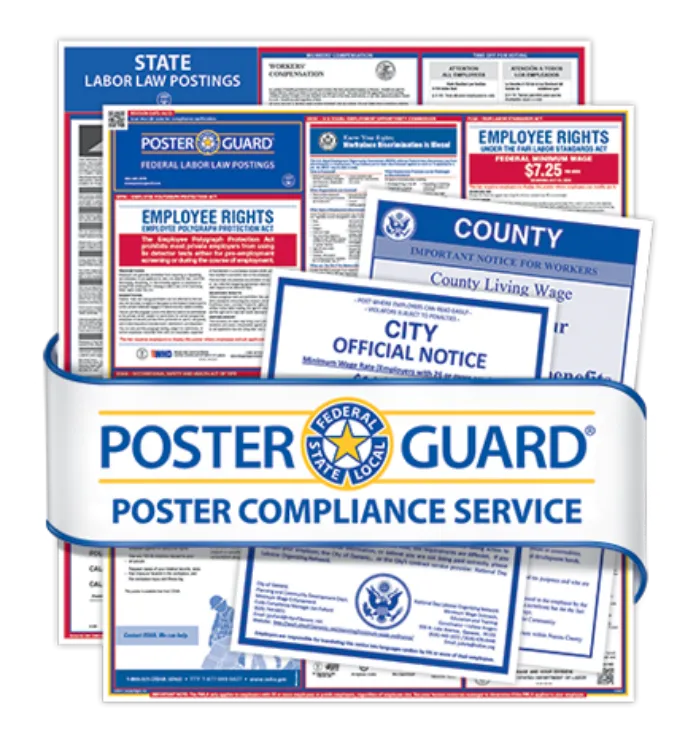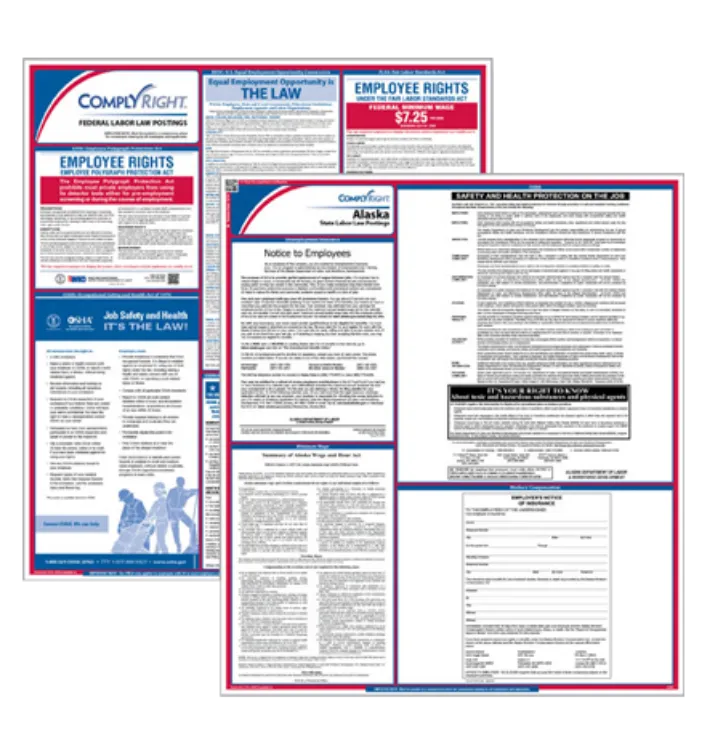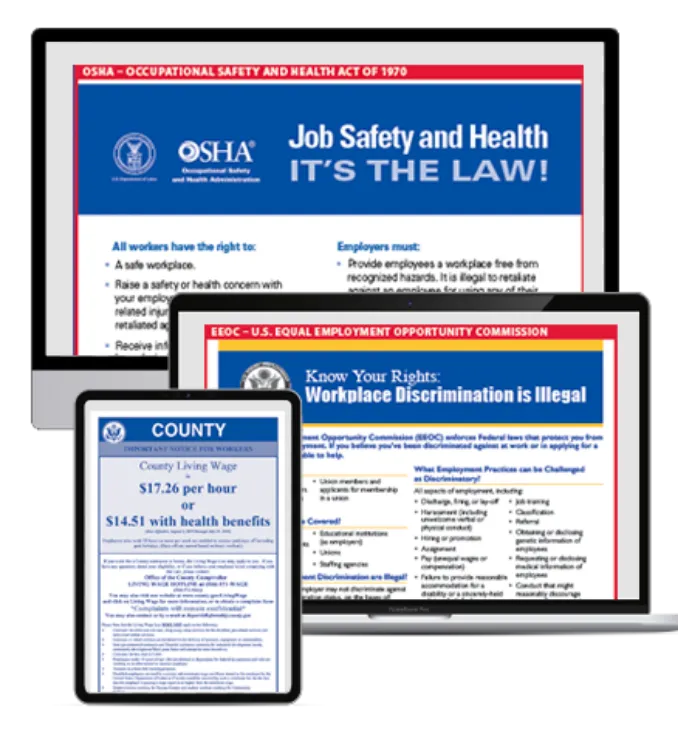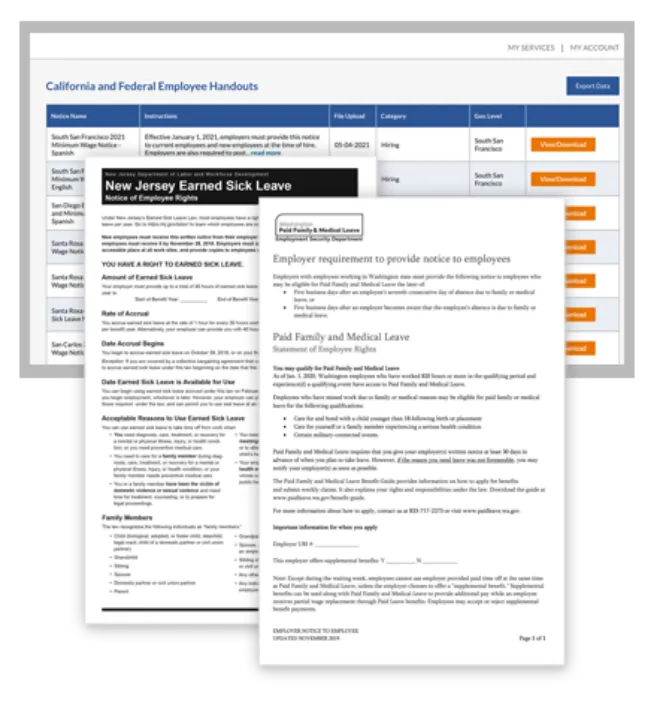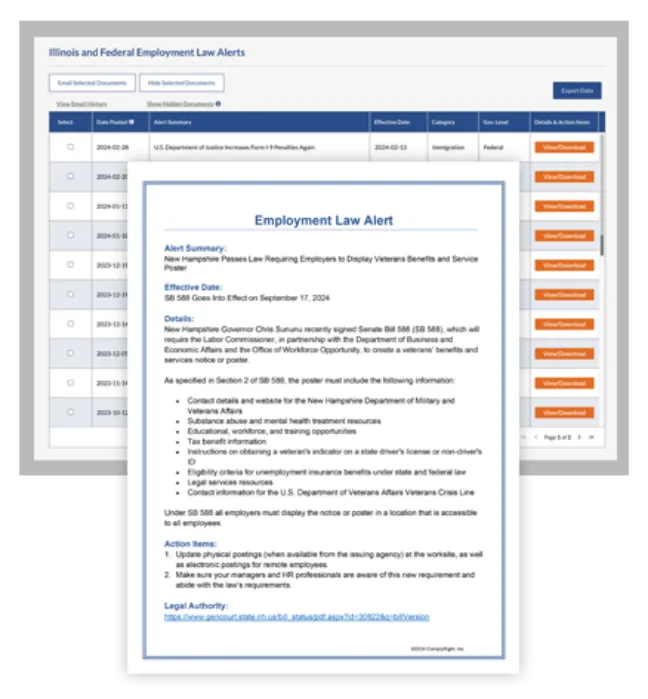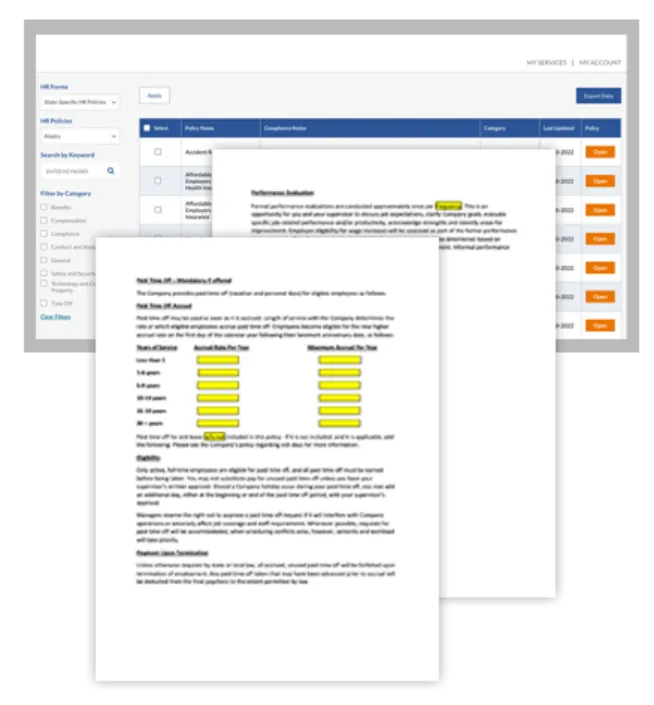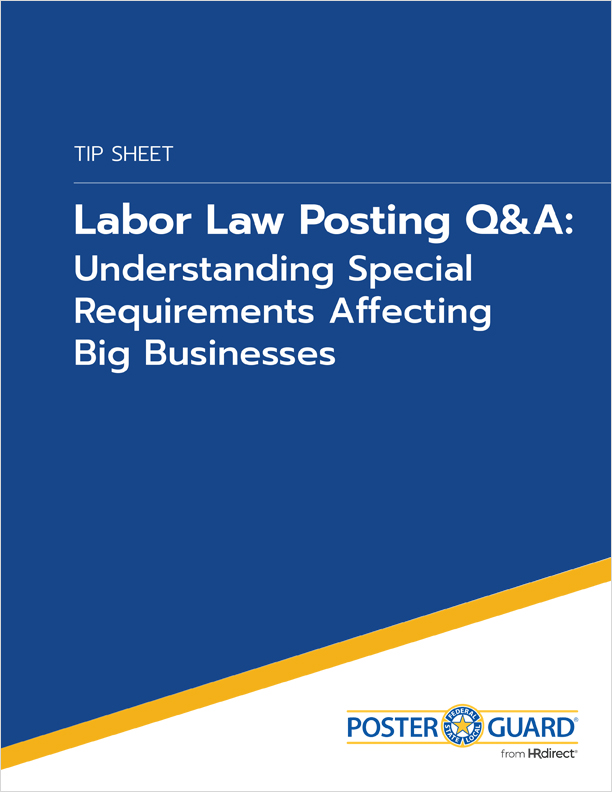As a responsible business owner, maintaining a safe, productive workplace is essential - but rising concerns about violence have prompted many employers to revisit their policies, especially regarding weapons. Because federal law does not directly address firearms in private workplaces, employers must rely on state-specific laws to understand what’s allowed and how to remain compliant.
Here’s a look at current legal requirements, how they may impact your workplace policy, and what steps you can take to protect your team and your business.
Enforcing a Total Ban on Weapons
In certain states, employers have the legal right to prohibit weapons entirely on their property, including buildings, walkways, parking lots and other surrounding areas. In these jurisdictions, private property rights outweigh an employee’s right to carry, even with a valid concealed carry permit.
This authority allows employers to take proactive safety measures, such as posting clear signage at facility entrances and throughout the workplace to reinforce a no-weapons policy. Visible notices help set expectations for employees, visitors and vendors — and in some states, signage is required for the restriction to be legally enforceable.
Although federal law does not regulate weapons in most private workplaces, employers are still expected to maintain a safe working environment. Taking reasonable steps to reduce the risk of workplace violence — including evaluating physical security risks and controlling access to company property — can support this obligation.
Weapons in the Parking Lot May Be Allowed
Currently, about half of U.S. states have enacted laws — often referred to as “parking lot,” “guns-at-work” or “guns-in-trunks” laws — that prevent employers from fully banning weapons on their premises. These laws typically allow employees to store lawfully possessed firearms in their locked personal vehicles while at work, provided certain conditions are met — such as keeping the weapon out of sight, inside a locked compartment and parked in an area not owned or leased by the employer.
For example, New Hampshire’s updated law, which took effect January 1, 2025, allows employees with valid concealed carry permits to keep firearms in their locked vehicles, even if the employer otherwise prohibits weapons on company property. The law also prohibits employers from requiring disclosure about whether a weapon or ammunition is being stored.
These types of laws do not apply to federal properties and may be further restricted at schools, hospitals and other regulated institutions.
With state laws constantly evolving, it’s more important than ever to have a clear, enforceable workplace weapons policy.
Posting requirements may vary by state, too, which is especially challenging if your business operates in multiple states. In Tennessee, for example, the requirements for signs are extremely detailed. Signs must meet specific dimensions and include certain phrases, along with the “no firearms allowed” symbol.
In Texas, employers must post signs in both English and Spanish. These signs must be prominently displayed at entrances and follow specific color, style and font guidelines. For gun owners with open-carry licenses, separate signs are required.
Tips for Creating a Workplace Policy
OSHA encourages businesses to adopt anti-weapons and anti-violence policies as part of a broader workplace safety strategy. Whether your state permits a full ban or limits your authority through parking lot or guns-in-trunks laws, developing a clear and enforceable internal policy is essential.
Best practices for crafting and implementing a strong weapons policy include:
- Use precise, non-ambiguous language Clearly define what constitutes a “weapon” and what areas are covered under “company property.”
- Outline consequences for violations Specify that violations may result in disciplinary action, up to and including termination.
- Document employee acknowledgment Distribute the policy in print or by email, and have employees sign and date an acknowledgment form. Keep these on file to help ensure accountability.
- Include a confidential reporting process Provide employees with a way to report suspected violations anonymously and explain how concerns will be handled.
- Train managers on enforcement and escalation Supervisors should be trained on how to apply the policy consistently and when to escalate issues to HR or legal.
- Reinforce with visible signage Clear, compliant signage in common areas not only reinforces your policy but may be required under state law to restrict firearms on the premises.
By combining thoughtful policy design with consistent communication, training and documentation, employers can help reduce the risk of workplace violence while maintaining compliance with evolving legal standards.
“No Weapons” Posting Compliance Simplified
Signage regulations vary widely by state, posing unique challenges for employers (especially those operating in multiple locations). For example:
- Tennessee mandates specific signage dimensions, language and the official “no firearms allowed” symbol
- Texas requires separate signs for unlicensed, open and concealed carry, displayed in both English and Spanish, with strict formatting rules
If you need a reliable way to stay compliant, consider using No Weapons State-Specific Posters. These professionally designed notices align with state laws and send a clear, consistent message that your establishment prohibits firearms.

